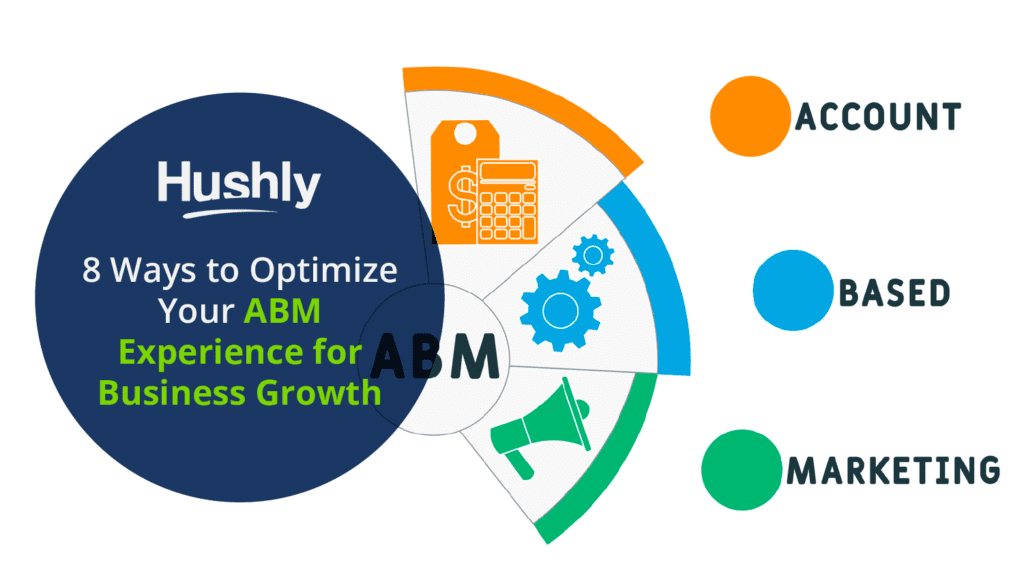Filters
Content Type
Topic
Your Guide to Creating a Content Matrix
Try visualizing yourself as someone shopping for a product like the one you’re selling.
How do you expect to engage with content? What does it feel like to learn about a product, educate yourself on it, decide whether it’s worth buying, and pull the trigger on the purchase?
If you’re selling to B2B customers, you know this journey can take months and involve half a dozen decision markers.
Each step on this buyer’s long journey is a chance to present them with content that will close the deal. However, each piece of content needs to make sense of where the buyer is on the path.
From the first moment the customer learns about your brand, through the education process, all the way to the closing of the sale, different marketing content will be needed to keep the customer well nurtured and on the path towards buying.
This strategy is what a content matrix embodies, and it’s the main principle behind our recommendation that you build one.
Our guide today will cover some important reasons to consider creating a content matrix and give you some easy ways to begin crafting your own.

What is a Content Matrix?
In broad terms, your content matrix is the overarching theme and flow of your content marketing.
Think of the buyer journey as a path along which many smaller paths branch. Each smaller branch is a piece of content that is right for that stage in the buyer’s journey.
For example, a radio or television ad is appropriate for someone who’s never heard of your product before. On the other hand, an email to a lapsed customer is only contextual if that person has actually bought something from you before.
Both of these pieces of content are crucially important and can lead directly to conversions. Though they’re separated by time and context, you’ll need both at the right time to truly succeed in marketing content.
Why is a Content Matrix Important to B2B Customers?
Just like the movie, customers shouldn’t realize they’re in the matrix.
Your content matrix isn’t something that you’ll be presenting to customers, yet it’s still crucial to the process of marketing content to B2B buyers. This is because it represents your plan, even if you’re not calling it a matrix.
Not having a plan is tantamount to going in blind with your marketing materials. Why waste time creating high-quality and engaging content only to skip the step of figuring out when and where to deploy it for maximum impact?
B2B Customers Have Higher Standards
B2B buyers spend more time researching decisions than B2C customers.
The quality of their research is also better, meaning they won’t be swayed by rushed or poorly made content.
In this LinkedIn blog post, Pinterest’s Christina O’Connor makes the great point that although 67% of the buyer’s journey may involve self-directed research, it doesn’t mean sales teams should be excluded from the process. Sales teams can prove why they must be involved by providing tangible value.
In short, B2B decision-makers expect more – a longer sales cycle means more opportunities to impress. Other companies will make the effort, so yours won’t stand out if you’re not doing the same thing.
However, you can’t just insert yourself into the process arbitrarily.
There needs to be an obvious reason for your involvement from a customer perspective, or else they won’t bother with the interaction. Why should they trust someone who wants to sell them something over their own research?
The only reason would be because you’ve proven to them you can improve their lives for free – hence the value of great content organized well.
A well-thought-out content matrix is a key step toward ensuring each client has a memorable and positive experience every time they engage with your brand.
How to Create a Content Matrix
If you want to get started on a content matrix, or just want to evaluate the one you’re currently using, consider some of the following core principles that Hushly follows when crafting a content matrix.
Create Content Pillars
Start by thinking about all of the different kinds of content you’ll need for the buyer’s journey. These are your content pillars around which your content creation will be organized.
Here are five examples of content pillars you can follow along with or change for your own purposes.
- First Impressions: The most basic form of advertising – you’ll want content designed to reach new customers by introducing them to your brand.
- First Purchase: This is more advanced content aimed at customers who are ready to make their first purchase. Think of this type of content as something someone would find when browsing your website for the first time.
- Retaining Customers: Once a customer has bought your product, you’ll need to keep them hooked with content that educates them about how to get the most from your solution, as well as informs them of new features they may not be familiar with yet.
- Re-Engagement: After your customer has bought from you once, they’re much more likely to do it again. You’ll want marketing content that acknowledges their status as loyal customers while informing them on how further purchases can make a similar positive impact.
- Converting Lapsed Customers: Finally, for those customers who bought from you once but didn’t come back, it’s worth crafting content that tries to find out why. A simple email campaign asking for feedback could change their mind, or at least supply valuable insight as to why they left.
Create Buyer Personas
To go along with the theme of putting yourself in your buyer’s shoes, it can be extremely useful to craft a buyer persona.
A buyer persona is basically a fictionalized version of your ideal B2B buyer. The purpose of creating one is to imagine all of the ways your company can make their lives easier. This is a form of preparation that is invaluable to matrix creation.
Create Multi-Channel Content
A diverse mixture of video, print, blogs, and other forms of content is necessary. Just like the timing of the content is important, the kind of content you create needs to be diverse and suitable for all stages of buyer development.
Organize Content
The majority of the matrix will be made here.
Organize your content based on the pillars and channels they are most appropriate for. An excel spreadsheet could help with this, but there are also templates online that you can use.
Take Stock and Reevaluate
No plan is perfect, especially the first time you implement it. Your content matrix will be no different.
A truly great content matrix is one that’s been developed over time with feedback from clients and fellow marketers. Remember to frequently take stock of how well your content is performing and try to adjust it where needed.
A Failure to Plan is a Plan to Fail
Ultimately, your content matrix is the plan you’re following for your marketing content.
As with all human endeavors, preparation is key to success in this arena. You’ll want a comprehensive matrix that follows some distinct pillars and always takes into account the point of view of the customer.
A well-made content matrix will be constantly updated and drive your marketing well into the future.
For more on content matrices and scaling content with your growth, check out Hushly’s Efficient Growth at Scale eBook.
The post Your Guide to Creating a Content Matrix appeared first on Hushly.



